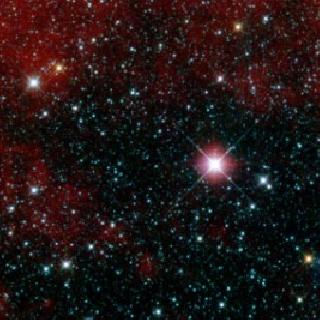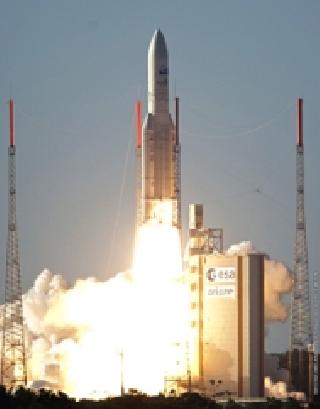
A file photo.
LONDON (PTI): New images of a spiral galaxy almost 60 million light-years away from the Earth have shown that it has witnessed two supernovae in the past 30 years.
First discovered in 1784 by English astronomer William Herschel, 'the River' or NGC 1187 has hosted two violent supernovae resembling violent whirlpools in the last 30 years, belying its tranquility, the 'Daily Mail' quoted astronomers as saying.
Supernovae can occur at the end of a massive star's lifetime when its nuclear fuel is exhausted and gravity causes it to collapse on itself.
They are extremely luminous and cause a burst of radiation that emits as much energy as the Sun is expected to emit over its entire life span.
The location of NGC 1187 in the constellation of Eridanus appears as a faint smudge through medium-sized amateur telescopes under good conditions.
The remains of a supernova which occurred in 2007 are still visible as a small red dot, in the yellow and blue spiral galaxy seen by the scientists.
"About half a dozen prominent spiral arms can be seen, each containing large amounts of gas and dust," scientists at the European Southern Observatory said.
"The bluish features in the spiral arms indicate the presence of young stars born out of clouds of interstellar gas. Looking towards the central regions, we see the bulge of the galaxy glowing yellow," they said.
In October 1982, astronomers at the European Southern Observatory's La Silla Observatory in Paranal, Chile, observed a supernova in the galaxy.
In 2007, amateur astronomer Berto Monard of South Africa observed a second one, which was observed with multiple telescopes for more than a year.
The image was obtained using ESO's Very Large Telescope at Paranal.
 Previous Article
Previous Article Next Article
Next Article











The Indian Air Force, in its flight trials evaluation report submitted before the Defence Ministry l..
view articleAn insight into the Medium Multi-Role Combat Aircraft competition...
view articleSky enthusiasts can now spot the International Space Station (ISS) commanded by Indian-American astr..
view article